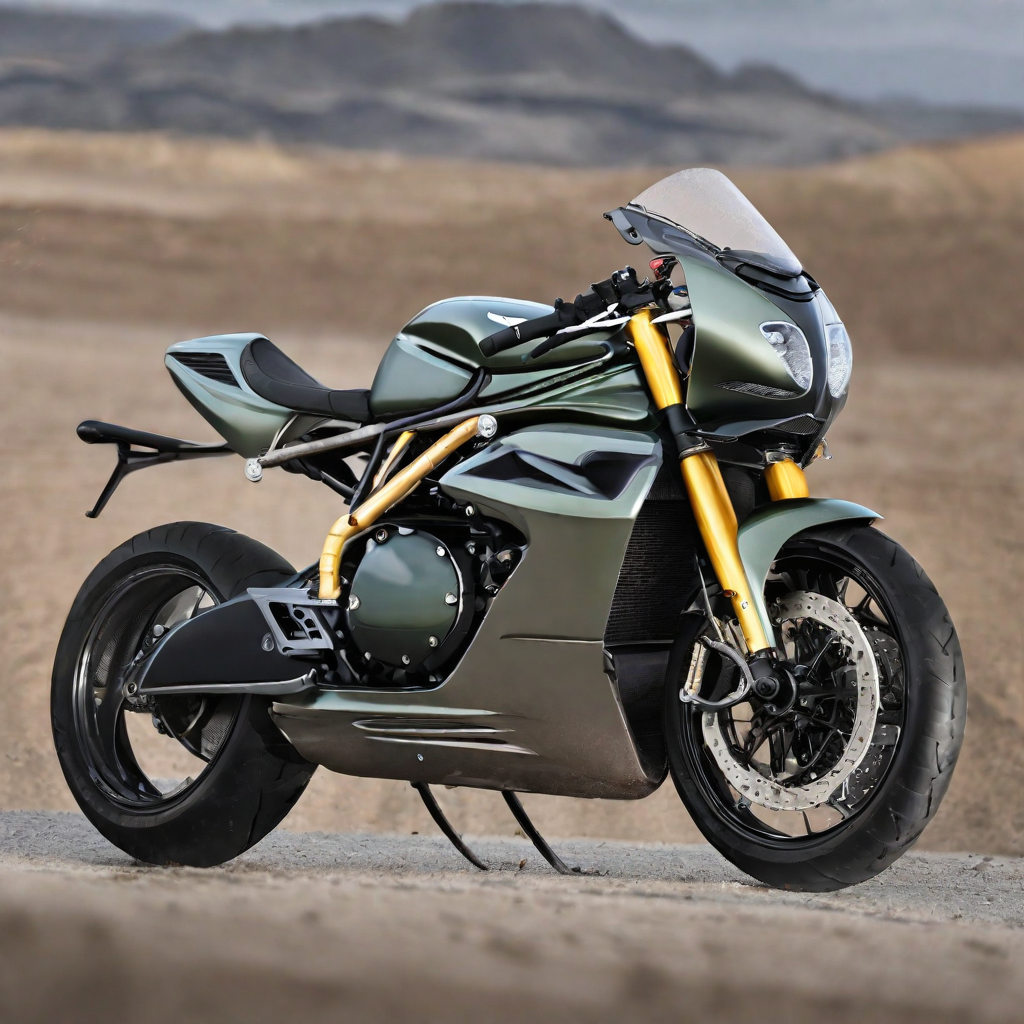Innovating Aston Martin
I’ve always loved Aston Martin. Their cars are quintessentially British; six different models have featured in the James Bond movies, with the DB5 starring in eight different Bond films. Established in 110 years ago in 1913, they’re on the of the few remaining British automotive manufacturers. They’re beautiful, they sound amazing, and they have an incredibly heritage.
However, as a company, they’re not doing that well.
They listed on the London Stock Exchange in 2018 at a market cap of ~$5bn; by 2020 it had dropped to <$1bn, up to ~$4bn in 2021, down to ~$0.5bn in 2022, before recovering to ~$3.5bn in 2023. Currently, in Q4 2023, it sits at ~$2.5bn. In other words, the value of the company has varied dramatically since it IPO’d, and the overall trend is fairly negative.
Currently, the biggest investors in AM are Lawrence Stroll (the Chairman of the company), the Saudi Public Investment Fund, the Chairman of Geely Automotive (a Chinese automotive brand who own Lotus and Volvo), and Mercedes Benz. Combined, these own 75% of the shares.
Looking at their financial statements (all values to two significant figures), the last time AM were profitable were before they floated - although they do have cash on hand.
| Year | 2017 | 2018 | 2019 | 2020 | 2021 | 2022 |
|---|---|---|---|---|---|---|
| Revenue (£m) | 880 | 1100 | 1000 | 610 | 1100 | 1400 |
| Profit (£m) | 80 | (60) | (120) | (410) | (190) | (530) |
| Cash (£m) | 170 | 140 | 110 | 490 | 420 | 580 |
| Unit Sales | 5100 | 6400 | 5900 | 3400 | 6200 | 6400 |
Given this, how could AM get out of this slump? I thought I’d use Doblin’s Ten Types of Innovation to come up with some ideas for how the company could get back to its winning ways.
Note I’m yet to own an AM, and I have had no interactions with the company. I don’t know their internal processes or structure. I also haven’t read their annual reports in detail yet to understand their current strategy and obstacles. These ideas are coming from a position of ignorance.
Profit Model
Auction
AM could create a limited-edition model that is purchased exclusively through auctions. I’ve never known of a car company selling new cars via auctions in this way, but classics often are; in 2022, a 1955 Mercedes-Benz 300 SLR Uhlenhaut Coupe sold for €135m! As for new cars, Rolls-Royce have recently produced a ~£25m one-off model. In comparison, AM’s most expensive model is the $4m Valkyrie AMR Pro, with a production run of 25. What if, instead of focussing purely on performance as they have with the Valkyrie, they designed a competitor to Rolls-Royce, the epitome of luxury, and only sold five to the highest bidders?
Network
Collaboration
An Aston Martin motorbike. Okay, as I found out while writing this article, they’ve actually done this - collaborating with the French company Brough Superior to create am £80k track-only sports bike. But even better? But a collab with Triumph, another famous British brand, to create a road bike with a Ducati price tag (£30-£50k). Here’s a mockup by Stable Diffusion:
Product Performance
Environmental Sensitivity
An obvious one - a mass-market (by AM standards) EV. Porsche sell tens of thousands of Taycans each year, and Mercedes-Benz sell similar numbers of their luxury EVs; AM could sell a similarly-priced luxury-performance model. They’ve recently (Q2 2023) partnered with Lucid Motors (Network: Collaboration), who will produce the motors and batteries for future AM EVs, so they’ve made a start. They’ll need to find a way to differentiate themselves from the competition though; perhaps returning to the classic 1960s styling? An EV DB5!
Brand
Brand Extension
Create a sub-brand of cheaper (but still premium) vehicles. They dabbled in this slightly with the Cygnet, which was a rebranded Toyota iQ (!) priced at £30k. However, beyond the rebadging, it was basically the same car - far from an AM. Given Lotus (now owned by Geely, a 17% owned of AM) are moving into larger premium cars (£80-£100k price range), there’s now a gap where the Elise or Exige were - smaller, light-weight, fun track cars. While Stroll wants to make Aston Marin an ultra-luxury brand, a separate brand with higher sales volume could reinvigorate the company.
Process
Localisation
Asia Pacific is AM’s second largest market behind the Americas, and the region is rapidly increasing in wealth. Globally, China is the country with the second-highest number of millionaires after the USA, and the number is growing. My experience suggests Asians are typically fond of the history and culture of the UK, yet are equally patriotic and love their own history and culture. Modern Chinese tend to demonstrate their wealth openly, through products that are exotic and flashy, or are custom or limited-edition. As such, a model exlusive to the Chinese market could prove popular. If this were to be done, it would be good to tailor to the needs of Chinese high net worth individuals, such as by integrating traditional materials such as jade and silk and traditional Chinese symbology such as dragons.

